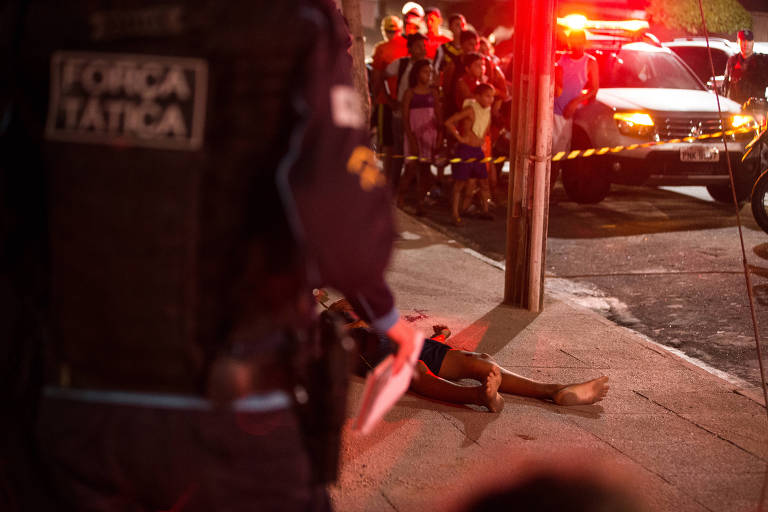The number of homicides in Brazil grew 2.8 times more in the North and Northeast than the national average between 2007 and 2017, the year in which Brazil had 65,602 homicides.
The Atlas of Violence 2019, published by the Institute of Applied Economic Research (Ipea) in partnership with the Brazilian Health Forum, recently revealed this data.
The geographical and demographic distribution of violent deaths in Brazil is becoming increasingly unequal.
In Brazil, more people die in the North and Northeast. Blacks and young people also die more than other demographic groups.
The homicide rate in these two regions increased by 68% in 10 years, jumping to 48.3 victims per 100 thousand inhabitants. The national average grew 24%, reaching the level of 31.6. The Southeast and Midwest had a slight decrease, and in the South, the level remained stable.
The concentration of homicides in specific groups and territories over the last decade is notorious. Between 2007 and 2017, the murder of blacks increased ten times more than non-blacks (white, yellow, and indigenous).
The violent deaths of 15-29-year-olds increased by 38% over the same period. In 2017, this age group represented 54% of the total homicides, while only corresponding to 25% of the Brazilian population.
Translated by Kiratiana Freelon
